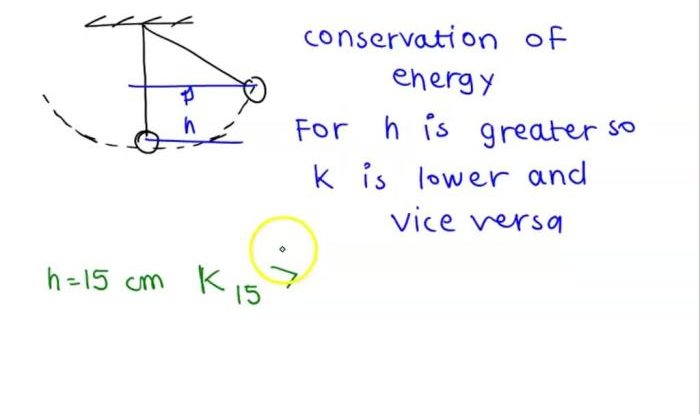Gizmo student exploration waves answer key – Delve into the enigmatic world of waves with the Gizmo Student Exploration: Waves Answer Key, an authoritative guide that illuminates the fundamental concepts, diverse types, and captivating applications of these ubiquitous physical phenomena.
Through a comprehensive exploration of wave properties, interference, diffraction, and real-world examples, this resource empowers students with a profound understanding of the intricate tapestry woven by waves.
Gizmo Student Exploration: Waves
Waves are a fundamental aspect of the physical world, occurring in various forms and exhibiting distinct properties. They involve the transfer of energy through a medium, causing a disturbance that propagates through space or matter.
Types of Waves
- Transverse Waves:Particles in the medium oscillate perpendicular to the direction of wave propagation (e.g., water waves, light waves).
- Longitudinal Waves:Particles in the medium oscillate parallel to the direction of wave propagation (e.g., sound waves, seismic waves).
Wave Properties
- Amplitude:Maximum displacement of a particle from its equilibrium position.
- Wavelength:Distance between two consecutive crests or troughs.
- Frequency:Number of waves passing a given point per unit time.
Examples of Waves
- Ocean waves
- Sound waves
- Electromagnetic waves (e.g., light, radio waves)
- Seismic waves
- Ripple effects in a pond
Gizmo Simulation: Exploring Wave Properties
The Gizmo simulation provides an interactive platform to investigate wave properties and their relationships.
Key Variables
- Frequency:Controls the number of waves produced per unit time.
- Amplitude:Determines the maximum displacement of the wave.
- Wavelength:Sets the distance between consecutive crests or troughs.
Experiment Steps
- Manipulate frequency, amplitude, and wavelength variables.
- Observe the resulting wave patterns.
- Record data on wave speed, amplitude, and wavelength.
- Analyze the data to determine the relationships between these variables.
Gizmo Analysis: Wave Interference and Diffraction

The Gizmo simulation also allows for the exploration of wave interference and diffraction phenomena.
Wave Interference
When two or more waves overlap, they interfere with each other, resulting in either constructive (amplification) or destructive (cancellation) interference.
Wave Diffraction
When a wave encounters an obstacle or opening, it bends around the edges, creating a diffraction pattern.
Applications
- Optics:Diffraction gratings, interference patterns in thin films
- Acoustics:Noise reduction, sound localization
Gizmo Application: Real-World Examples of Waves
Waves have numerous practical applications in various fields.
Communication
- Radio waves for wireless communication
- Microwave ovens for heating food
Navigation
- Radar for detecting objects
- Sonar for underwater exploration
Medical Imaging
- X-rays for diagnosing bone fractures
- Ultrasound for visualizing internal organs
Future Applications, Gizmo student exploration waves answer key
Emerging technologies are exploring novel applications of waves, such as:
- Wireless power transmission
- Quantum computing
FAQ: Gizmo Student Exploration Waves Answer Key
What is the purpose of the Gizmo simulation?
The Gizmo simulation is designed to provide an interactive platform for students to investigate wave properties, such as frequency, amplitude, and wavelength, and observe their impact on wave behavior.
How can I use the simulation to determine the relationship between wave variables and behavior?
By manipulating the frequency, amplitude, and wavelength in the simulation, students can conduct experiments to observe how these variables affect wave speed, wavelength, and other wave characteristics.
What are some real-world examples of wave applications?
Waves find applications in diverse fields such as communication (radio waves), navigation (sonar), medical imaging (ultrasound), and energy production (ocean waves).
